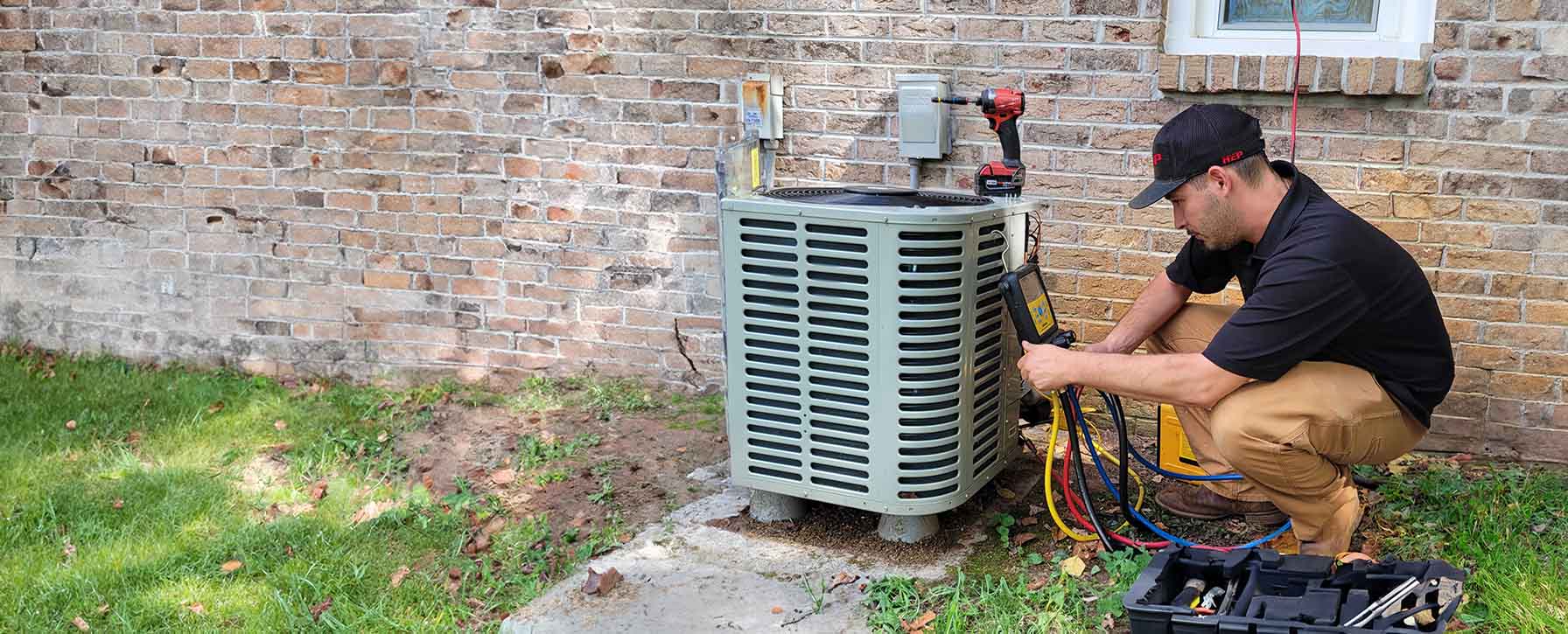

Excess Moisture
Your trusted partner for professional home services. Quality workmanship, guaranteed satisfaction.




- HEP
- Excess Moisture
Excess Moisture | Dehumidifier Installation | Heating and Air Conditioning | Johnson City
When sticky summers or damp winters leave your Johnson City home feeling clammy, HEP’s excess-moisture pros step in with precision dehumidifier installation. Our NATE-certified technicians evaluate crawl spaces, basements, and whole-house airflow to size and place the perfect unit, quietly pulling gallons of unwanted humidity from the air each day. The result is crisp, balanced comfort that protects wood floors, deters mold, and lets your HVAC system breathe easy.
From the first phone call to the final system check, you’ll experience the hometown service that’s made HEP a trusted name across Northeast Tennessee. We offer transparent pricing, rapid scheduling, and a satisfaction guarantee—so you can relax knowing every drop of excess moisture is under control. Reach out today and discover how effortlessly fresh your home can feel.
FAQs
Why is excess moisture such a common issue in Johnson City homes?
Johnson City sits in a humid subtropical zone and receives more than 45 inches of rain per year. Warm summers, frequent afternoon thunderstorms, and temperature swings between day and night create ideal conditions for indoor humidity to rise above the recommended 30-50 % range. When moisture builds up, it can trigger mold, mildew, musty odors, warped wood, and even higher utility bills because your air-conditioner has to work harder to remove water vapor. A professionally installed whole-home dehumidifier tackles this problem at its source by wringing moisture out of the air before it circulates through your living spaces.
How does a whole-house dehumidifier connect to my existing heating and air-conditioning system?
A whole-home dehumidifier is plumbed directly into your return-air ductwork, typically between the return grille and the air handler. As your HVAC fan pulls air across the evaporator coil, the dehumidifier draws a portion of that air through its own coil, condenses the moisture, and drains it away to a nearby condensate line or sump pump. The now-drier air is routed back into the supply plenum to be distributed throughout the home. The unit is wired to an independent humidistat or to your smart thermostat, allowing automatic humidity control without affecting heating or cooling cycles. Power is usually supplied via a dedicated 120- or 240-volt circuit, installed by a licensed electrician if one is not already available.
What size or capacity dehumidifier does my house need?
Capacity is measured in pints of water removed per day. The right size depends on square footage, ceiling height, current moisture readings, insulation levels, and how often doors and windows are opened. In Johnson City, most single-family homes require 70–120 pint-per-day units, but larger or older houses with crawl spaces may need 130 pint models or multiple units. During an in-home assessment, our comfort consultant measures relative humidity in several rooms, inspects for moisture sources (crawl space, basement, attic), and runs a Manual J moisture load calculation to recommend the correct capacity. An undersized unit will run continuously and still leave the air damp, while an oversized unit can short-cycle and waste energy—accurate sizing prevents both problems.
Will adding a dehumidifier lower my energy bills and improve comfort?
Yes. When indoor air is muggy, it feels several degrees warmer than the actual temperature, prompting homeowners to set the thermostat lower and run the AC longer. By removing latent heat (moisture), a whole-house dehumidifier allows you to raise the thermostat 2–4 °F while feeling just as comfortable—often cutting cooling costs by 10–15 %. In winter, drier air also feels warmer, reducing furnace runtime. Additional benefits include fewer allergy triggers, less mold growth, longer HVAC equipment life, and better protection for wood floors, cabinets, and musical instruments.
How long does installation take and what should I expect on the day of service?
Most residential installations in Johnson City are completed in 4–6 hours. Our NATE-certified technicians start by turning off power to the HVAC system, then cut in a short bypass or dedicated duct for the dehumidifier. They mount the unit on vibration-isolating feet or hang it from joists if space is tight, connect the drain line with proper slope, wire the control circuit, and program the humidistat for your preferred set-point (typically 45 %). Finally, they verify airflow, test for leaks, and walk you through operating instructions. The process is clean and non-intrusive; you can remain at home the entire time.
What maintenance does a whole-home dehumidifier require after installation?
Routine maintenance is simple: (1) Replace or rinse the dehumidifier’s air filter every 6 months—or more often if you have pets or extensive remodeling dust. (2) Check and clear the condensate drain line each spring to avoid clogs and water damage. (3) During your annual HVAC tune-up, our technician will inspect the evaporator coil, blower wheel, and electrical connections, and confirm that the humidistat is properly calibrated. Most quality units, such as Aprilaire or Honeywell, carry 5-year parts warranties and have an average life span of 10–15 years when serviced regularly.